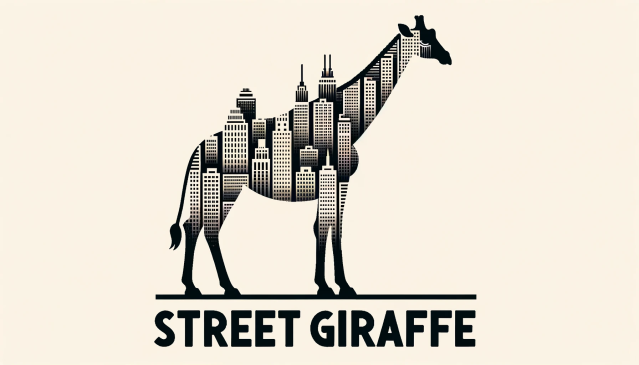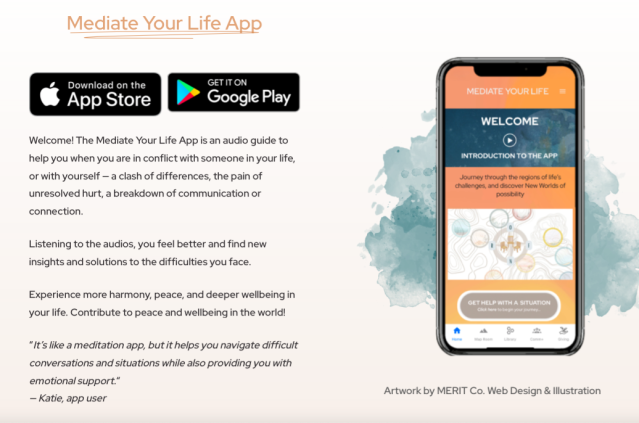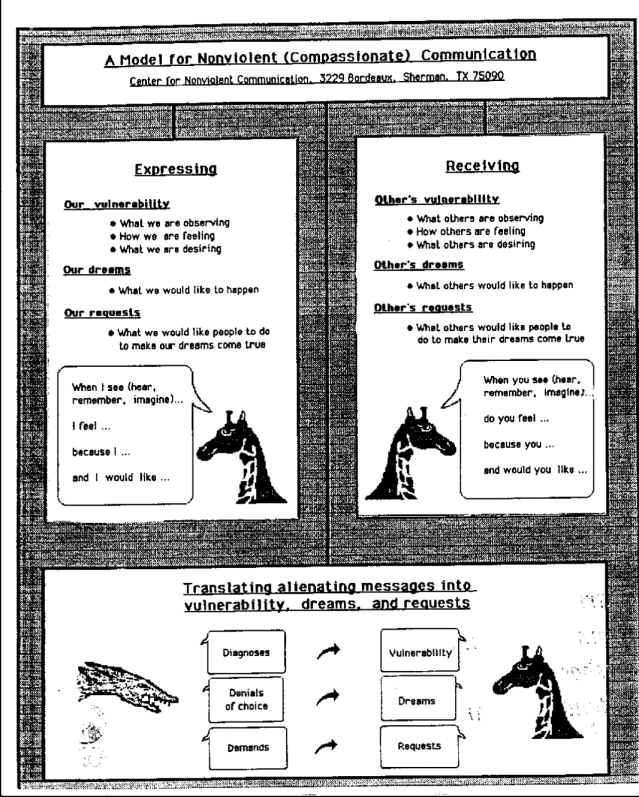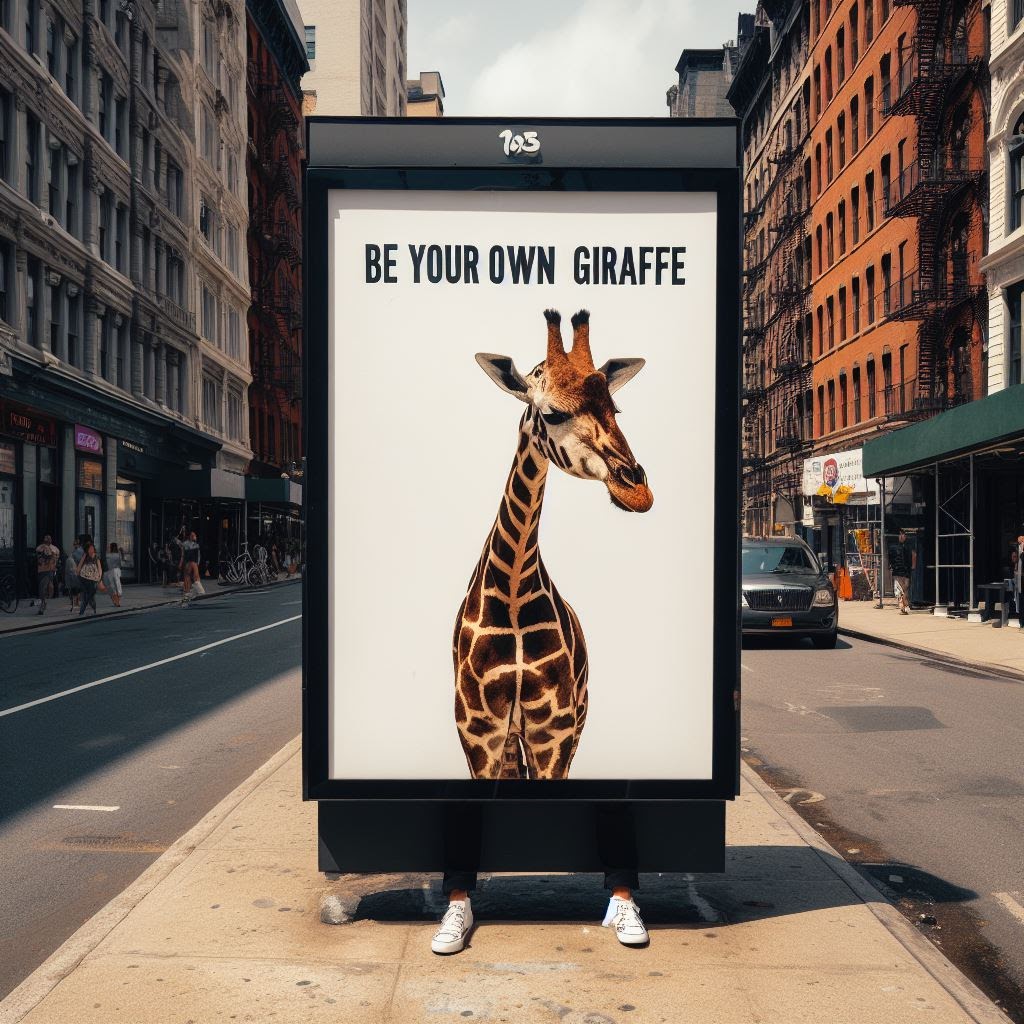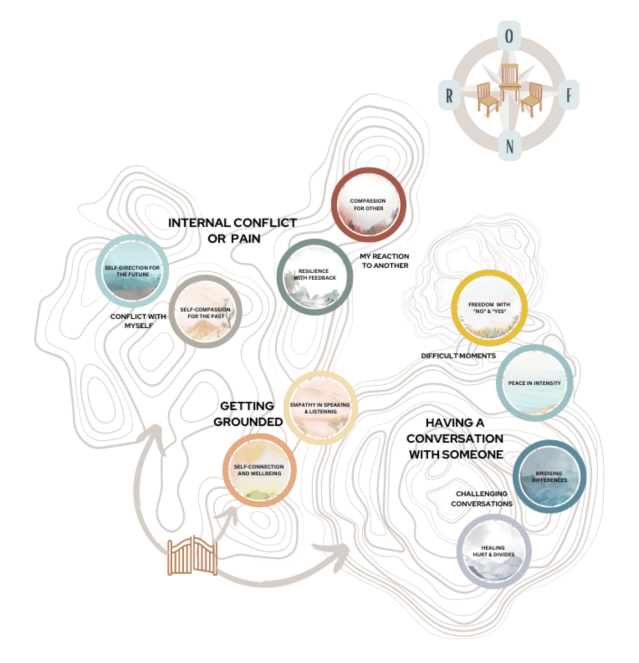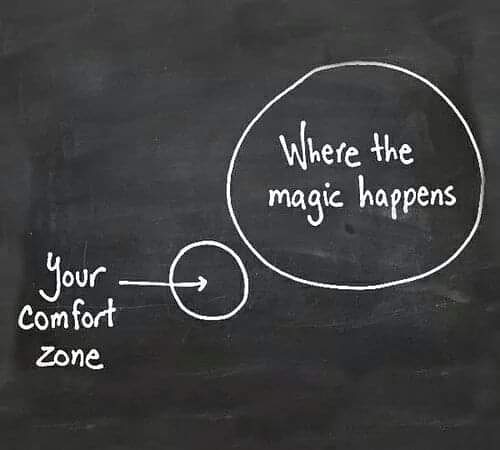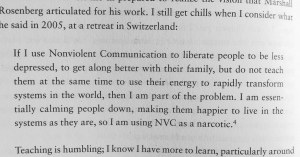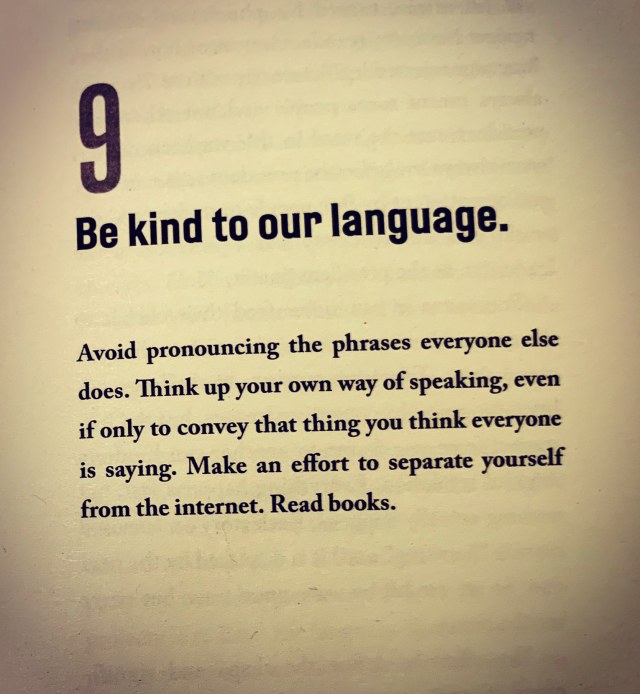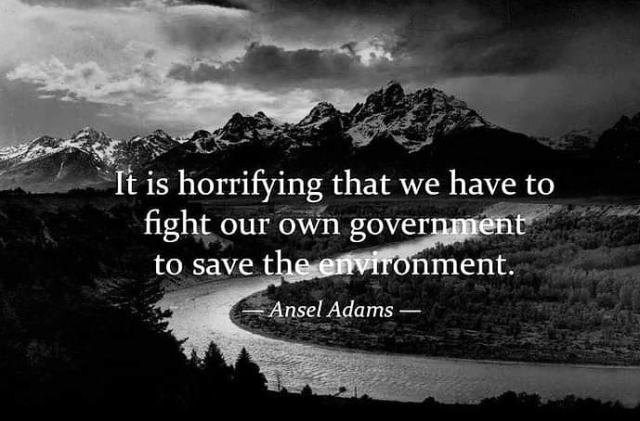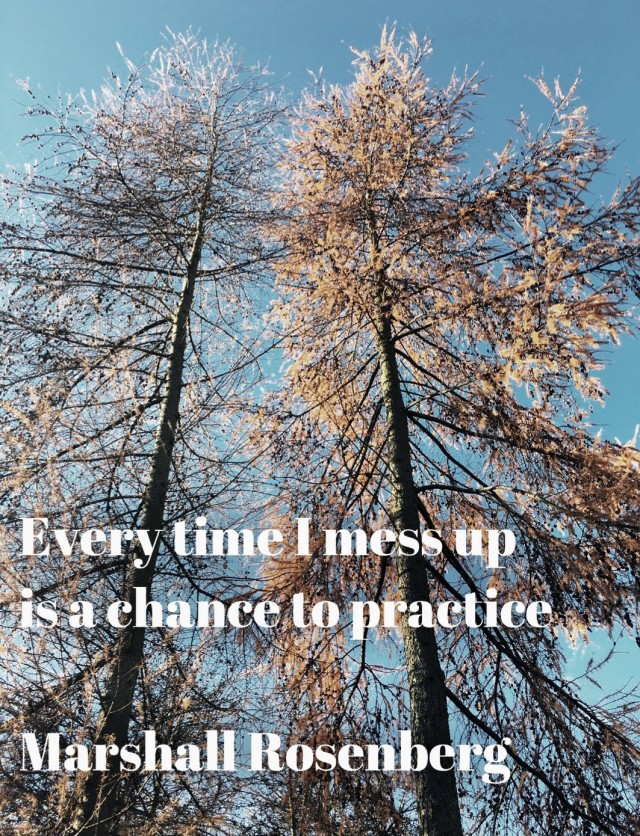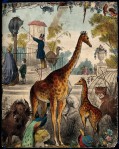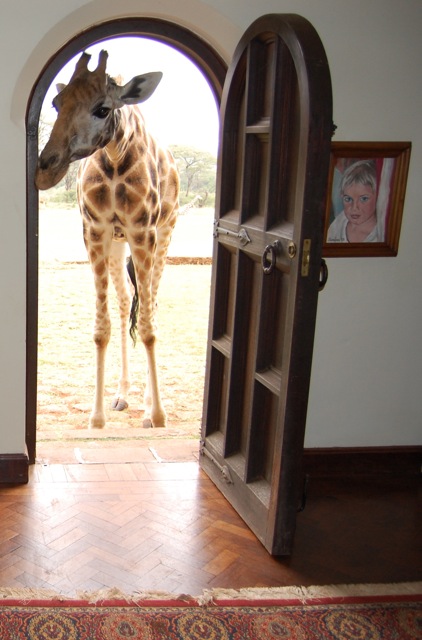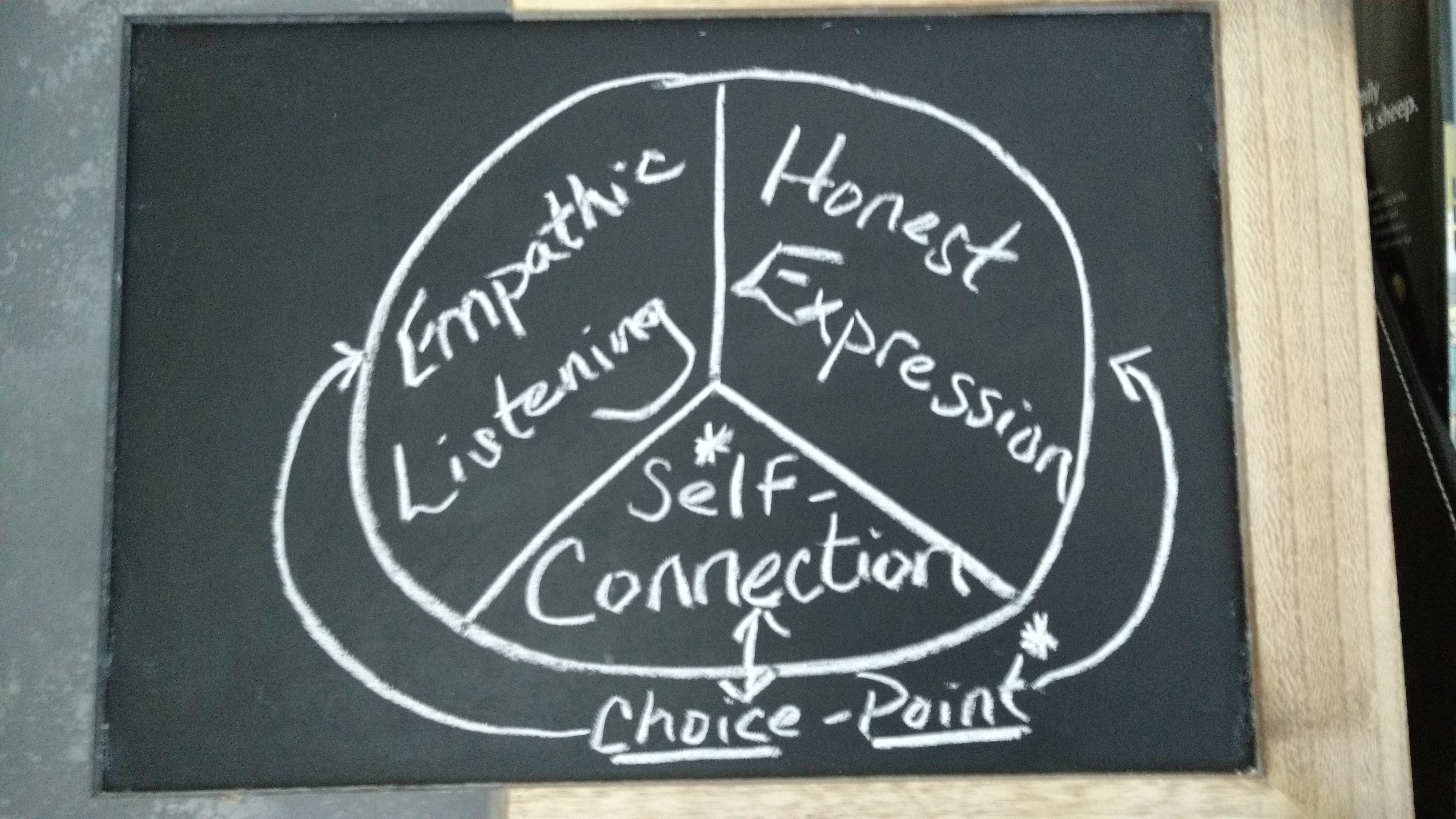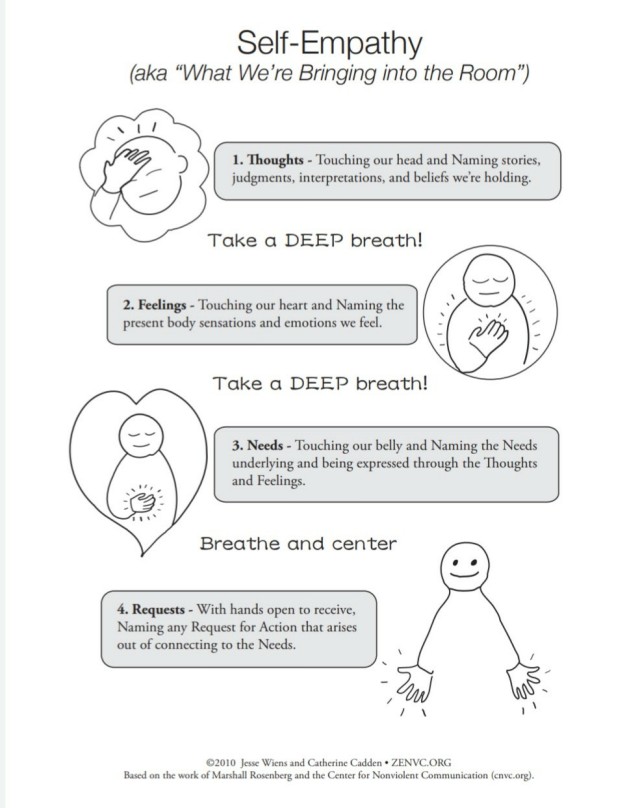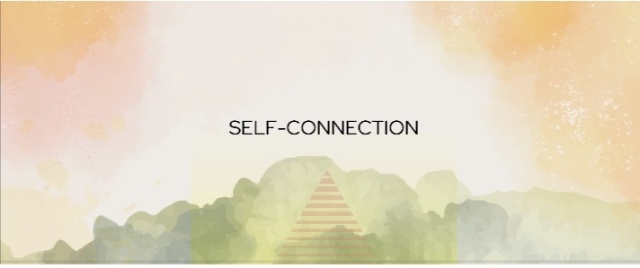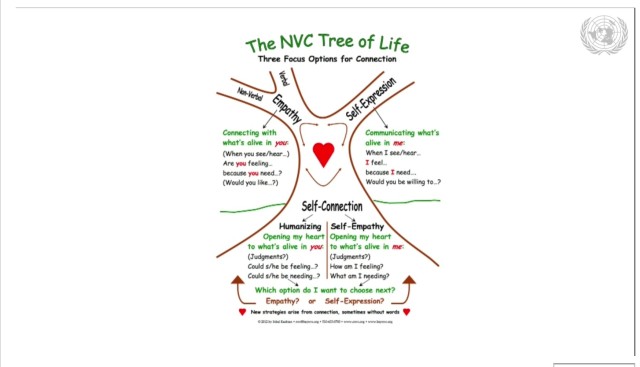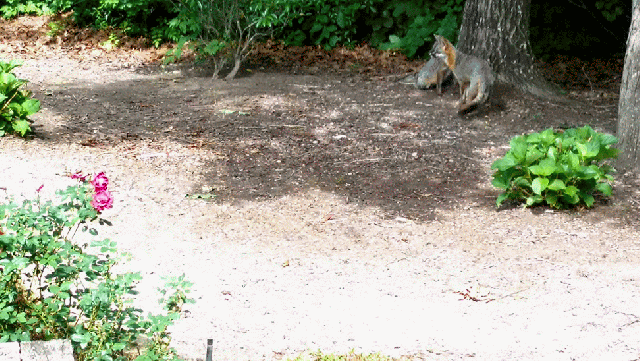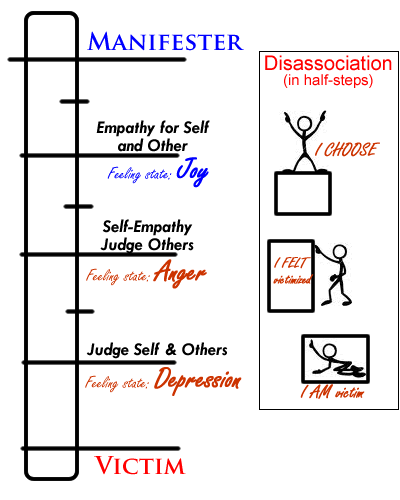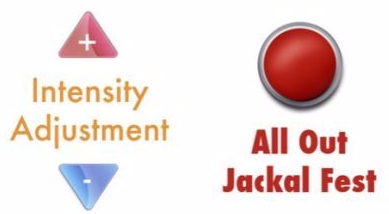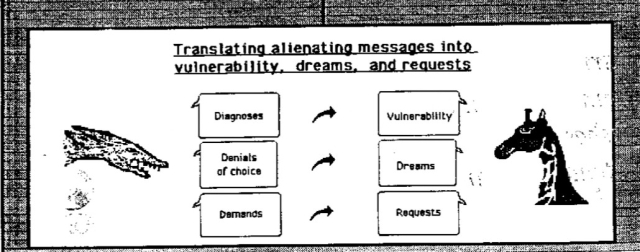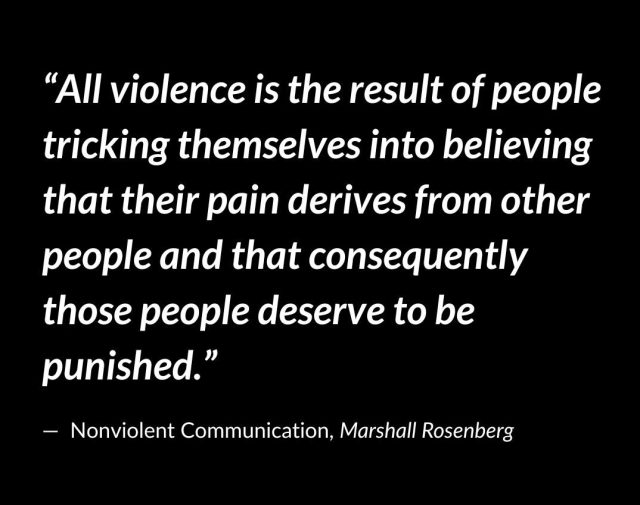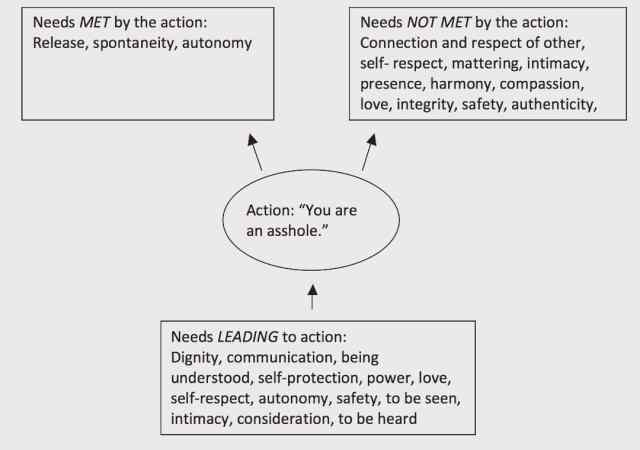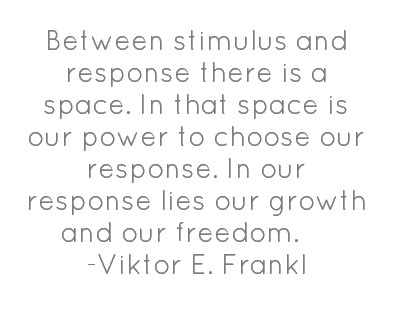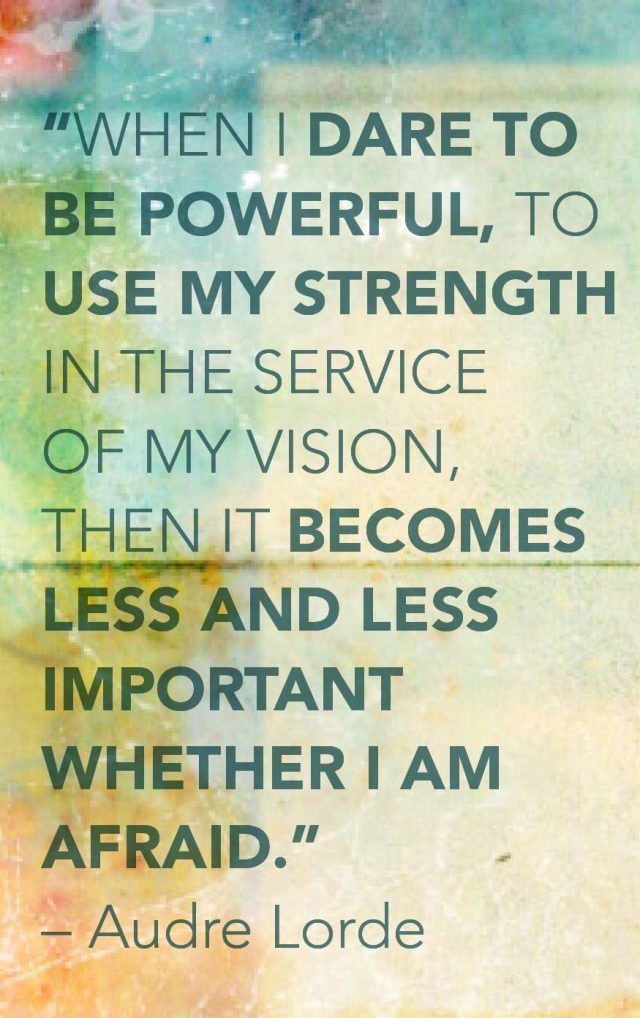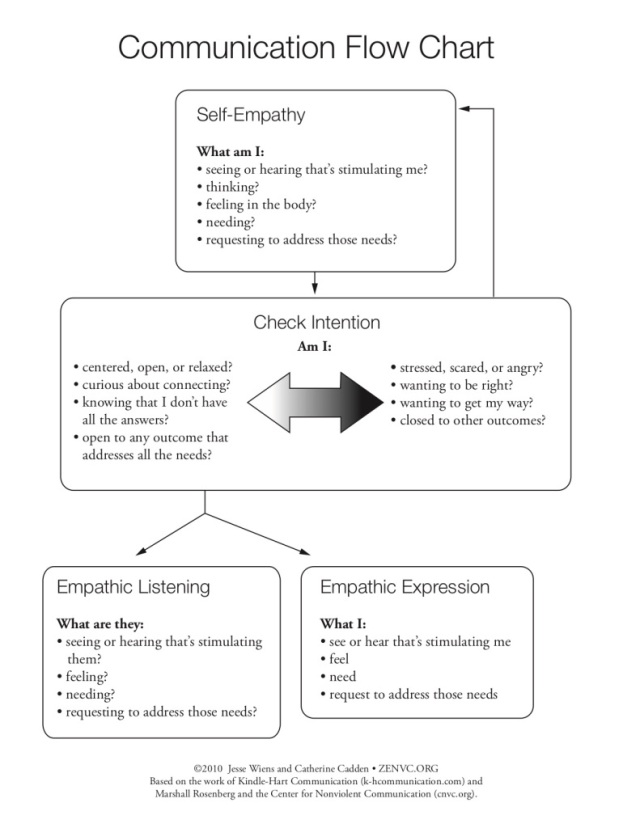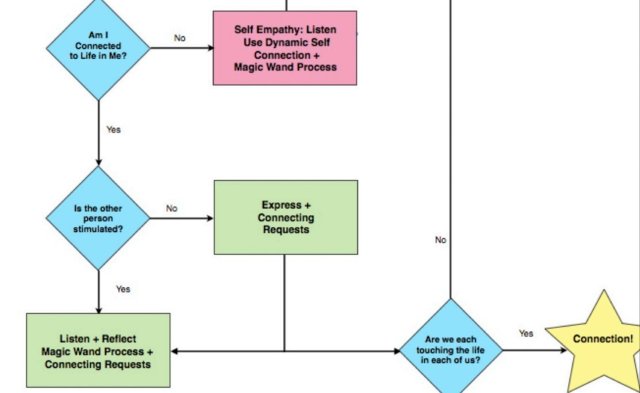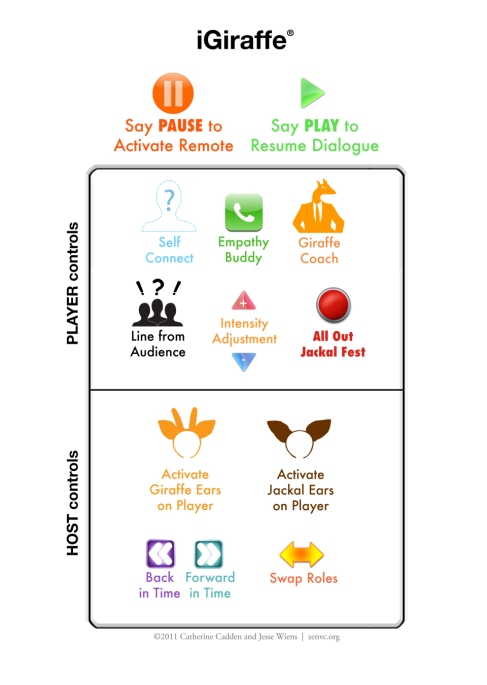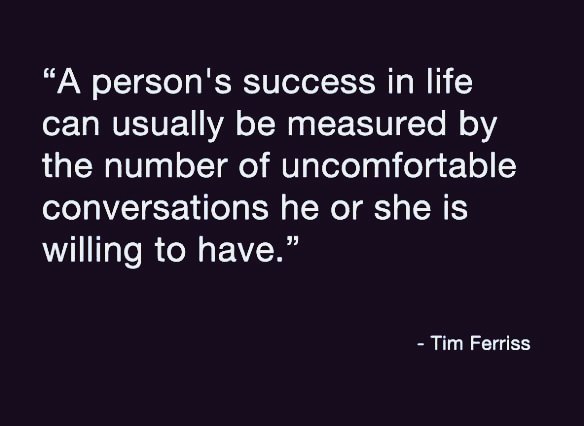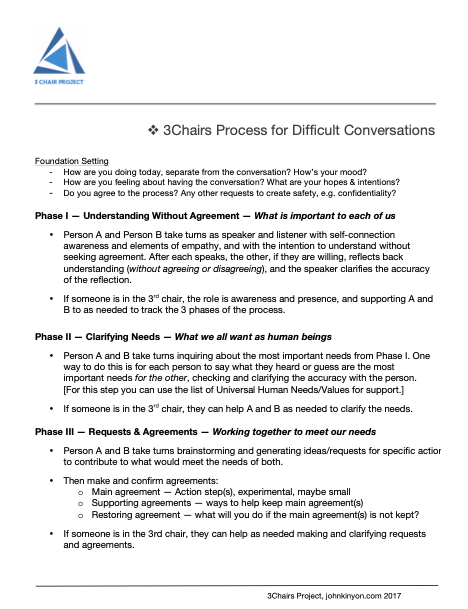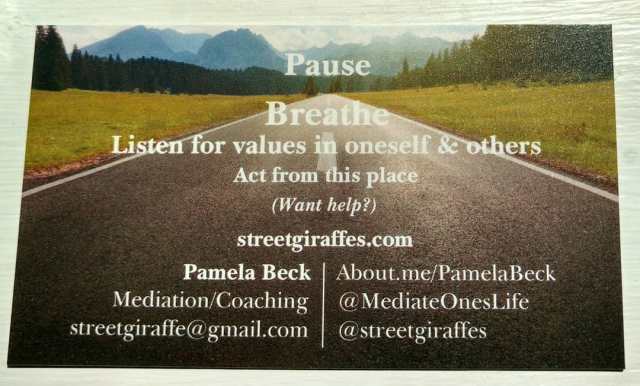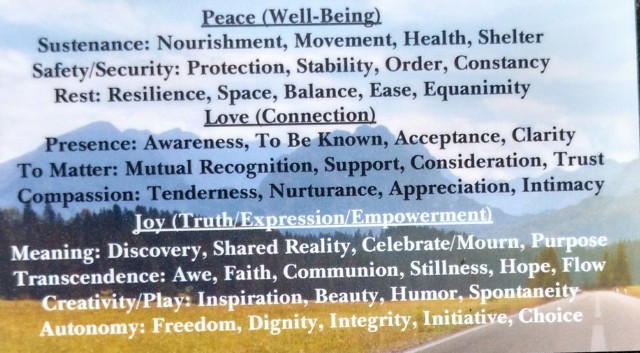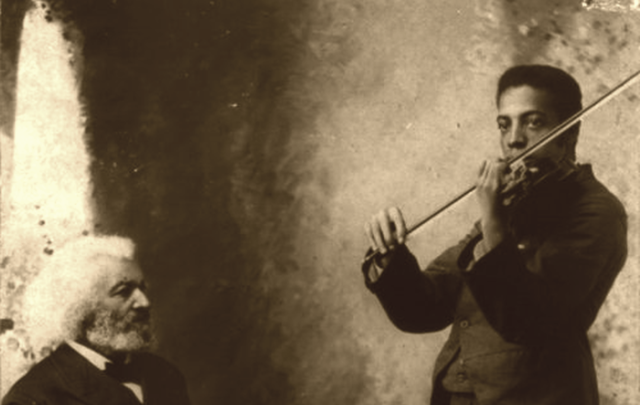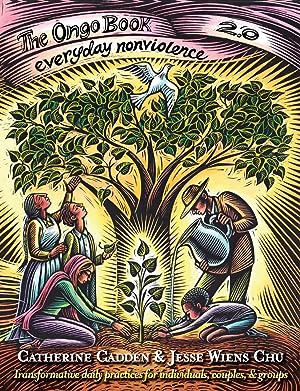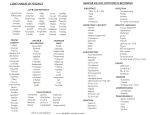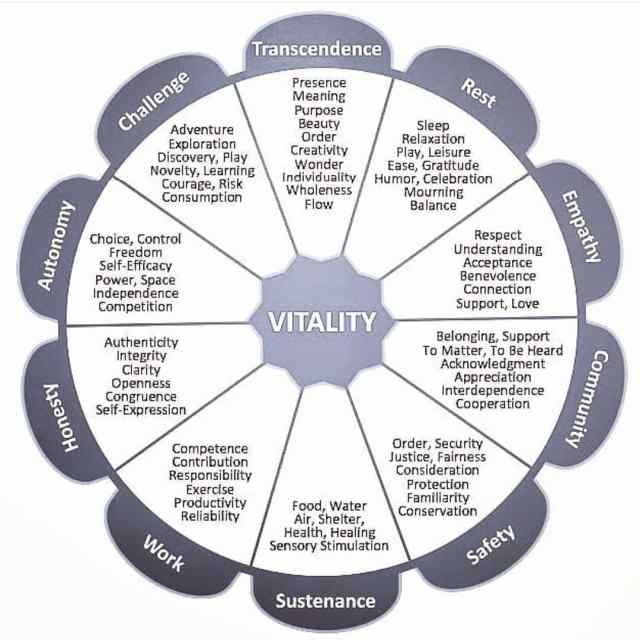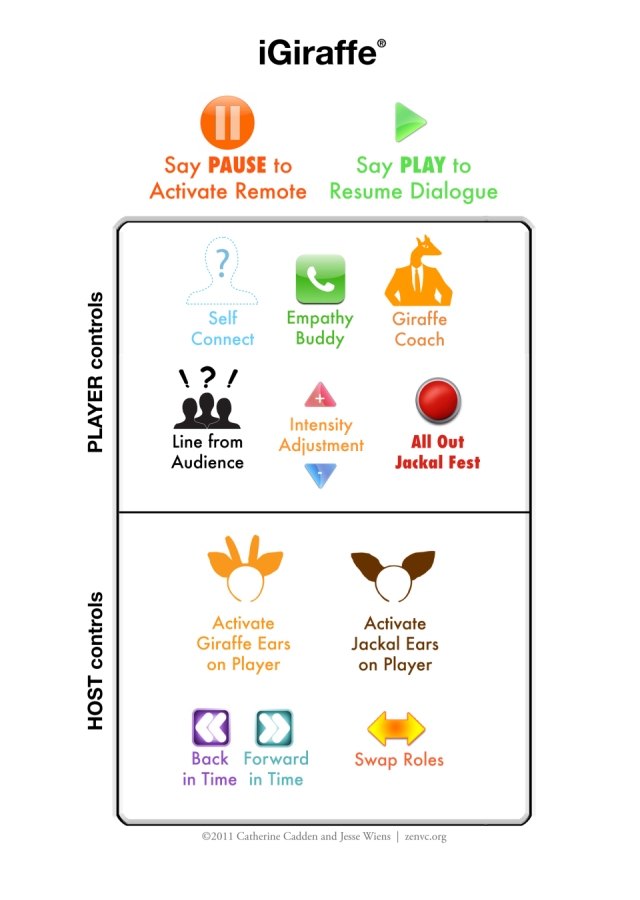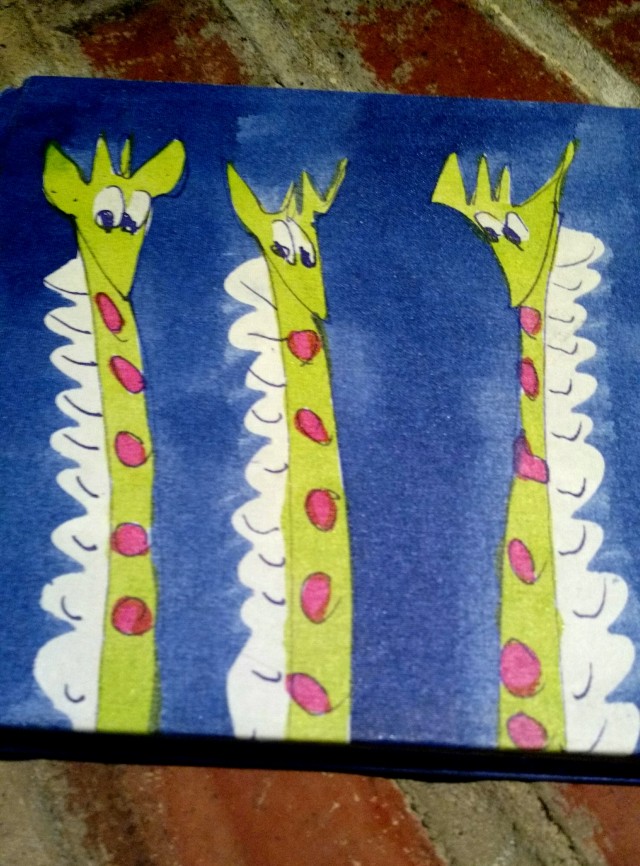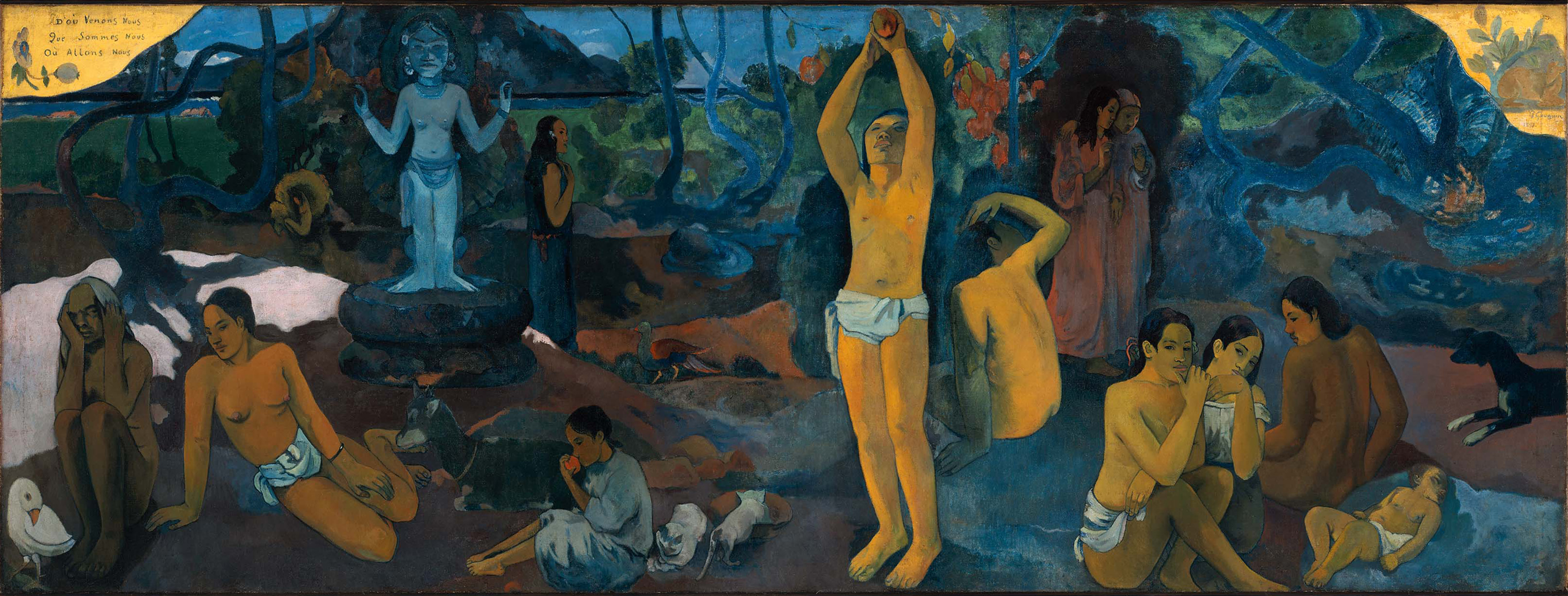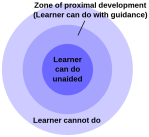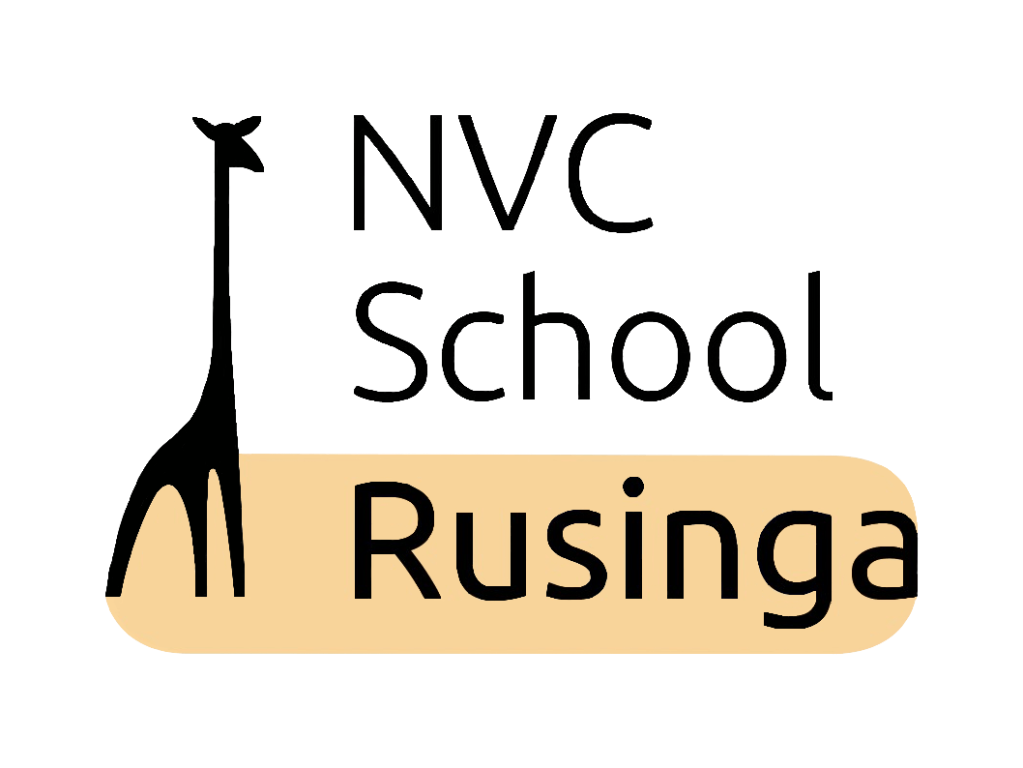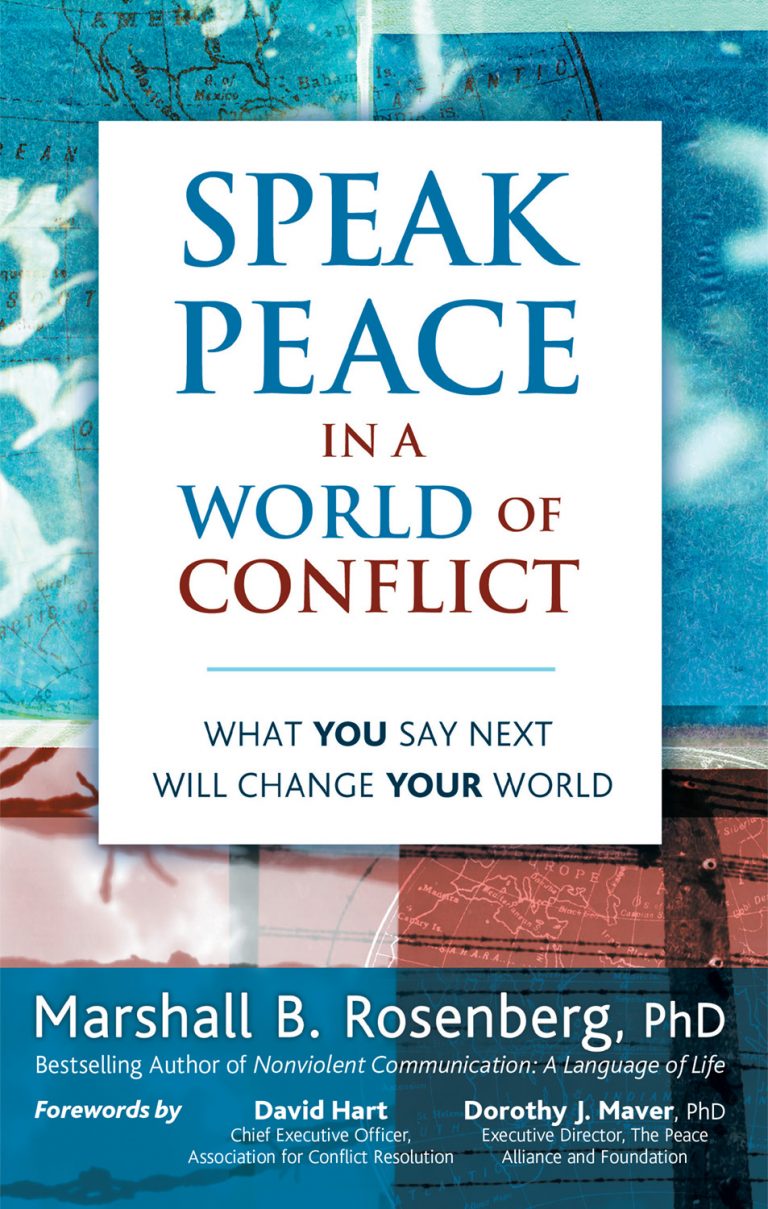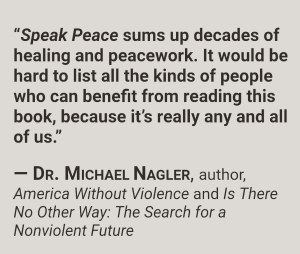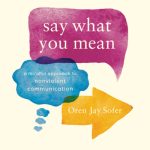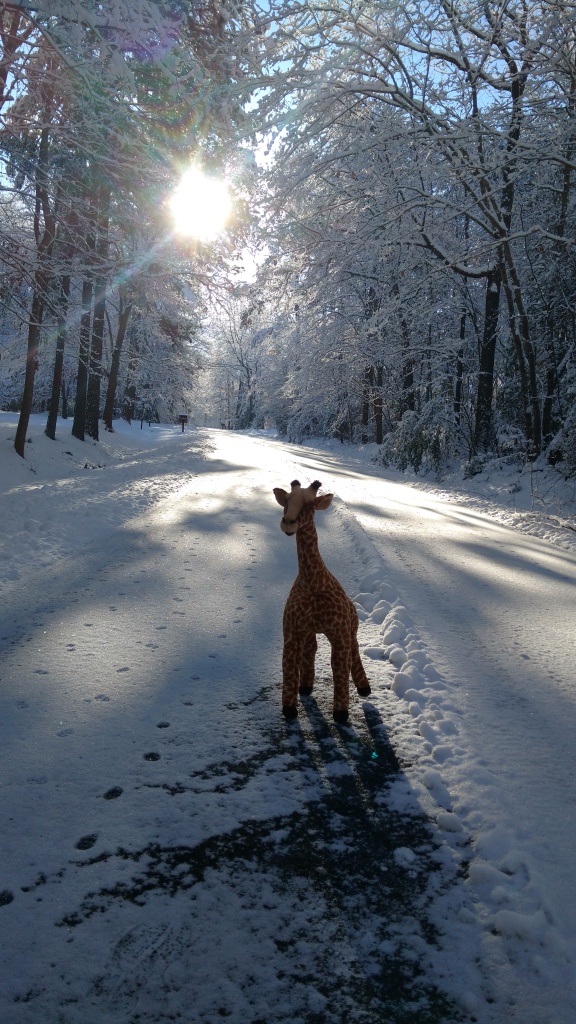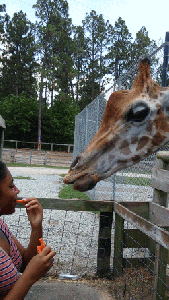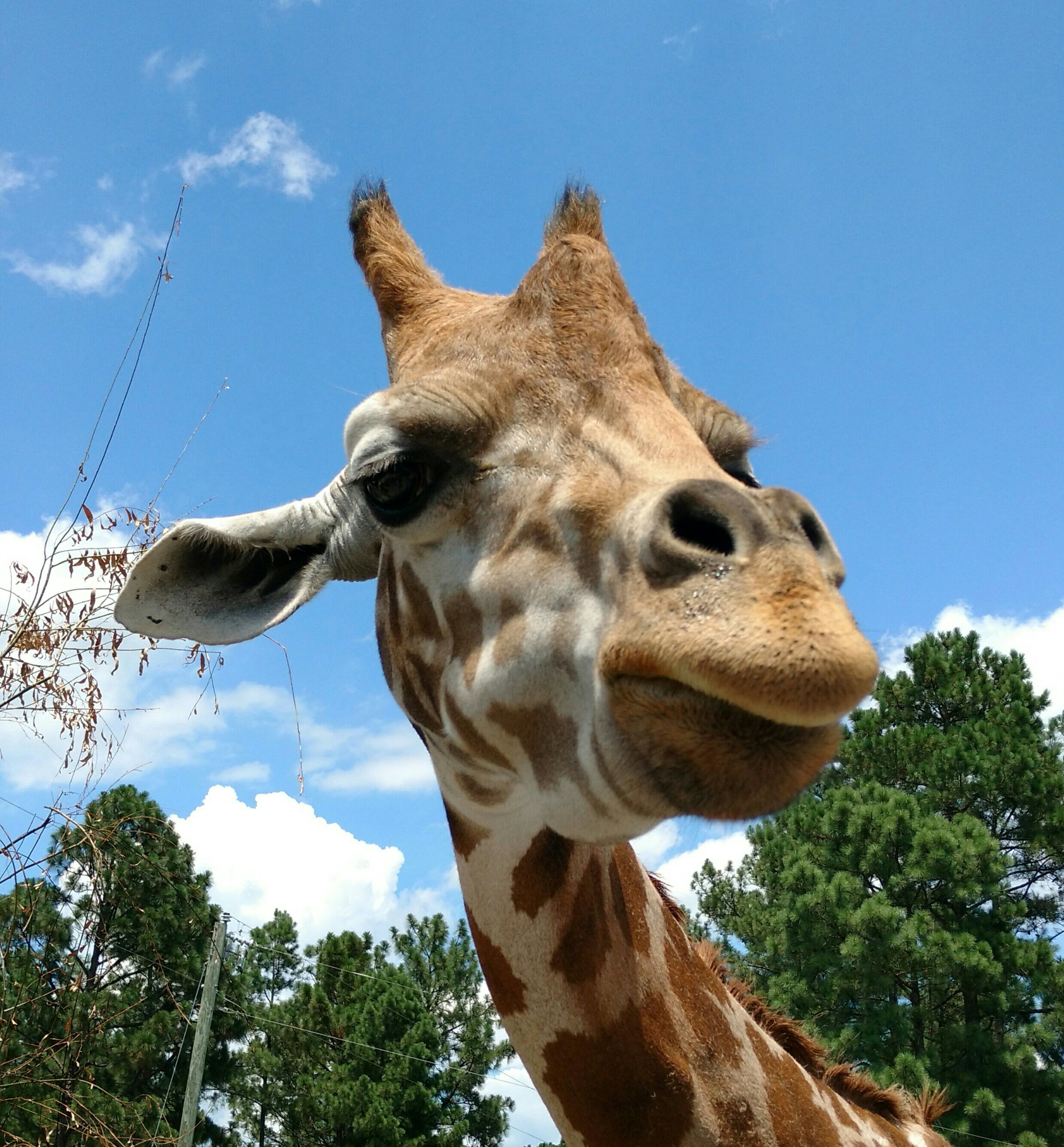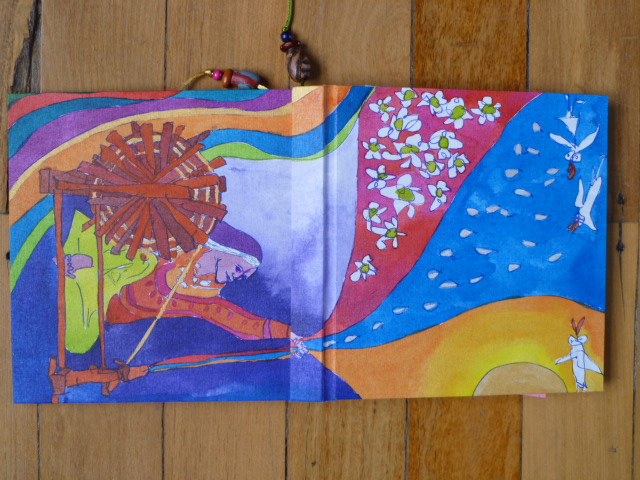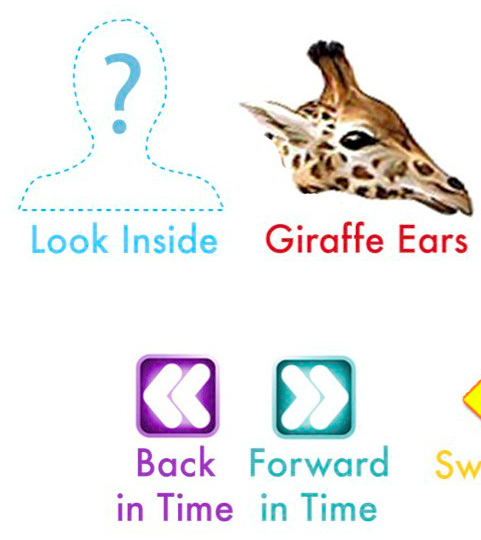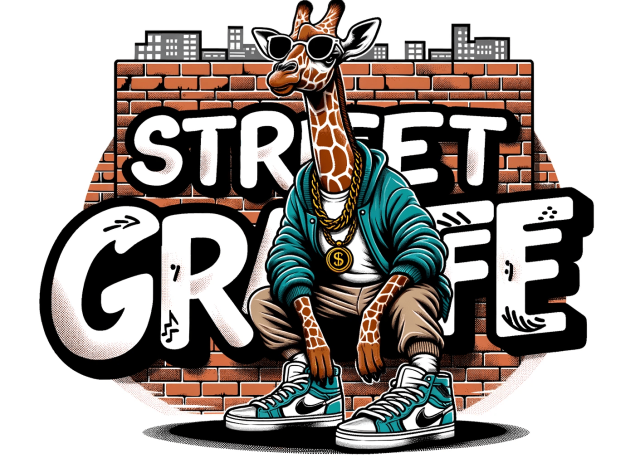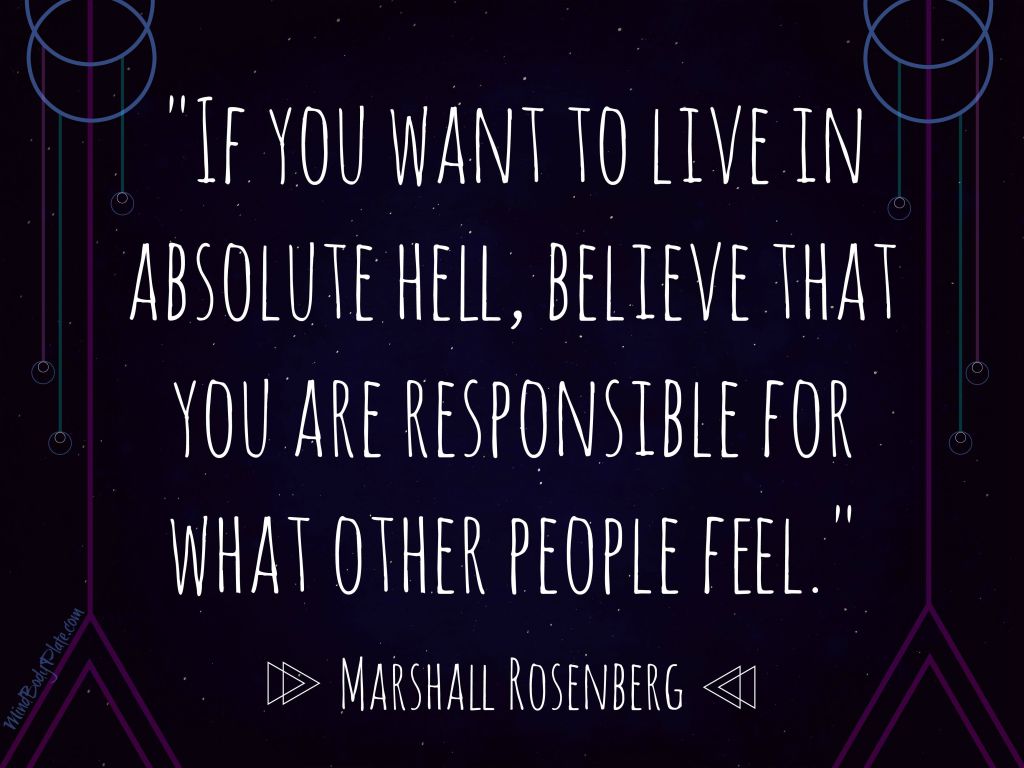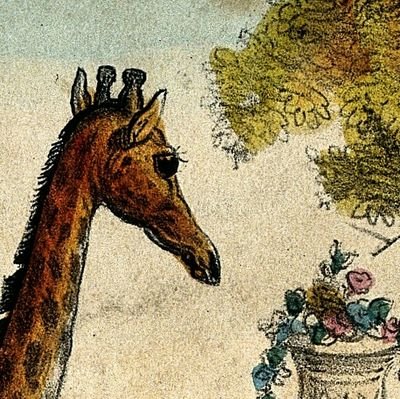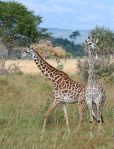What’s Up Next?
January 2017 ~ Reflection & Renewal

François Barraud – La Tailleuse de Soupe
Inquiry:
Do you have any New Year’s dialogic intentions? Such as a quality of NVC consciousness that you are drawn to, perhaps wanting to cultivate and more skillfully integrate (by this time, next year)? How might you go about this (what ritual might support you as a practitioner)?
Hint:
Try reviewing the Self-Assessment Matrix
(see more, below) to see if any one skill jumps out at you.
(e.g. ‘Presence’)
For simplicity’s sake:
Matrix co-creators Jim & Jori Manske have suggested these five skills as “easy ways to integrate NVC, anywhere/everywhere”:
Presence
Observing
Feelings Awareness
Needs-Consciousness
Gratitude
Notice how each of the skills above can also be complementary in our capacity for growth with another skill — e.g. distinguishing between observation and interpretation can lend itself to cultivating presence (wanting-fully-without-attachment) or sensing into our ‘feelings awareness’ can naturally flow into a heightened state of ‘needs-consciousness’ etc.
These skills are further delineated by clicking on the chart beneath:
Four Competencies of NVC (Consciousness) ~
Unskilled, Awakening, Capable & Integrated:
Self-Assessment Matrix
Listen to a (free) recording of one way to use the Matrix here.

Via CNVC.org: This document comes in two sizes, they contain the same information.
The large version is on eight pages and the other version is on four pages.
Download:
Pathways to Liberation Self Assessment Matrix v1 2.pdf
Pathways to Liberation Self Assessment Matrix v1 2 large.pdf
I’ve structured much of the tele-conference to reinforce some of the rituals that I use to buttress my NVC practice (& capacity for ‘presence’). For example, the four stations of Joanna Macy’s spiral (which serves as an outline for the call’s format) closely parallels the Mediate Your Life Practice honed by Ike Lasater and John Kinyon of Mourn, Celebrate, and Learn (MCL) (an NVC mediation process). Similarly, I’ve adapted their Self-Connection Process: Breath/Body/Need which then routinely gets employed, on our call, in both an abbreviated and a more lengthy form.
One way that I’ve also found it useful to lean into a growing edge is to begin with something simpler, such as Mourn/Celebrate/Learn or Breath/Body/Need (or Inquiry) and then once that practice is under one’s proverbial belt, to expand upon it. So, for example, one could tack on a repair action-step (along the lines suggested by IPNB guidelines for secure attachment/trust), or even the option of brainstorming possible repairs, at the conclusion of an MCL process. Similarly, to deepen the process of Breath/Body/Need, one could intermingle some of the skills of Focusing, such as getting a ‘felt sense’ (and/or handle). Or of utilizing Inner Relationship Focusing’s (IRF) ‘presence language’…
Here’s an example of an intention (read, ritual) that I’m currently engaged with — at least making the attempt to ingrain it a bit more consciously in the coming year (as fodder for thought for your own exploration/integration). As with any mindfulness practice, it’s a practice of bringing one’s awareness back into focus (so-to-speak) once you’ve noticed that it’s wandered…
NVC & Inner Relationship Focusing
Free Resources For Powerful Change, Focusing Resources Free Library

Chardin, Jean-Siméon – Vegetables for the Soup
Inner Relationship Focusing [PDF] – “Presence Language”
Identified Language vs. Presence Language
Identified Language:
“I am angry.”
“I am terrified.”
“I feel so frustrated by what she did.”
Presence Language:
“I’m sensing something in me is angry.”
“I’m sensing something in me is terrified.”
“I’m sensing something in me feels so frustrated by what she did.”
If you’ve ever encountered the modality of [Inner Relationship] Focusing and wondered how it might complement self-connection/self-empathy, here is link to another video clip of Gina Censiose on Embodying Our Needs (Embodying Our Needs (rather than needs as a ‘story-we’re-telling-ourselves’).
Here’s an appetizer:
“I’m going in with a full quality of presence to myself and saying to whatever is there, ‘yes, I want to hear you’. Whether my mind thinks it’s garbage, it’s worthless, other people won’t like it. I will treasure it, in the moment, right now… And that I think allows for that space to unfold. There is a kind of inner relaxing where things will come up because they’re not being judged as bad or this isn’t acceptable. Doesn’t mean I have to share it with other people. But it means that when I am with other people I will be aware of these parts of myself and holding them lovingly and not projecting them either unconsciously onto other people by saying a sweet OFNR that is not at all true or that I’m trying to be nice by using OFNR — and that is obviously a beautiful learning curve in NVC — at the beginning you try OFNR and you see it doesn’t work (people do a two day intro and say, ‘hey, it didn’t work’) …Well, if the intention or reorientation of your heart hasn’t changed, it’s not changing your language that will change anything in life…It’s not the phrasing, it’s never the phrasing, it’s your intention.” ~ Gina Censoise
For the excerpt above in its fuller/video context, click here: http://www.nvctraining.com/media/GC/TP-key-diffs-200812
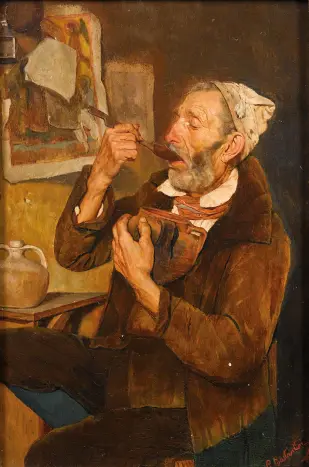 Giuseppe Costantini Die wärmende Suppe
Giuseppe Costantini Die wärmende Suppe
“If you want to know what the soup smells like,
it’s better not to stick your head in it.”
– Eugene Gendlin
Relatively recently, Shulamit Day Berlevtov gave a presentation in which she recalled a quote from Focusing’s originator, Eugene Gendlin (see above).
It struck a rather idiosyncratic chord in me (this time around, despite having heard it before), serving as a reminder of the value of cultivating presence-of-mind towards a greater capacity for discernment; and how by employing a ritual utilization of presence language, I may have a bit more perspective from time to time (thus not becoming as easily mired in the slippery slope of interpersonal dynamics gone awry). I see it as holding potential in my quest to ‘mediate-our-lives’ by potentially cultivating what in IRF circles is referred to as ‘self-in-presence’ in order to better mediate our internal conflicts which would then prepare us to engage more constructively with those external conflicts as well.
Self-in-presence: an experiential introduction
by | Jul 6, 2014 |
A friend has asked me to write about “self-in-presence in plain English.” Self-in-presence is a concept from Inner Relationship Focusing. It refers to a skill or capacity, as well as an experience, that creates the conditions for physically felt inner data-wisdom-information to come into a person’s awareness.
Einstein is quoted as saying, “We cannot solve our problems with the same thinking we used when we created them.” Whether or not he actually said it, the idea is significant. Inner data can play an imporant role in taking us beyond what we already know and toward new, present-moment information that can be applied to day-to-day living. This enables us to make choices and take actions in life that are more self-connected, rather than following along with what is already known–either from socialized habits and ideas, or from our own thinking about issues and situations.
Because self-in-presence is a pre-requisite for access to this inner data or wisdom, much of the early learning in Inner Relationship Focusing attends to cultivating self-in-presence and its related inner attitudes. In this post, I’ll outline an exercise that will provide an experience of self-in-presence… (continues)
Focusing, Mindfulness, Transcendence
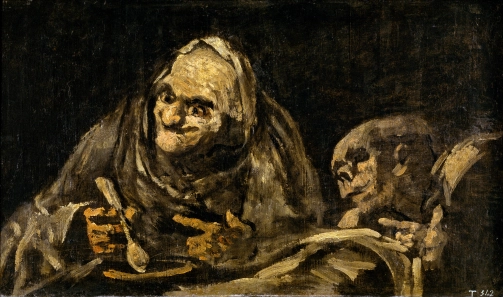 Viejos comiendo sopa
Viejos comiendo sopa
FYI ~ Shula has offered access to a free e-book which guides how to incorporate the ‘presence language’ of Inner Relationship Focusing into one’s self-connection process: Click here to receive a free e-book
Step-by-step guide to transforming stress with kindness



